
At the same time, the Russians used the surviving bridges - on the Kakhovskaya HPP dam and near Antonivka. Subsequently, the Antoniv bridge was demolished for several months in a row, until it was covered with dozens of through holes from which the fittings protruded. The remains of the structure were blown up by the Russians during their escape.
Focus gathered information about the special operation for the liberation of Kherson and found analysts' assessments of why the Ukrainians succeeded and what mistakes did the Russians make? The "Armiya. Inform" portal told about the stages of the liberation of Kherson and the right bank of the Kherson region. The special operation began in August 2022, in parallel with the offensive in the Kharkiv region.
At the beginning of the special operation, the area of the occupied territories on the right bank was 5,348 square meters. km Over the course of several summer months, the Defense Forces hit the warehouses and logistics routes of the Russian Armed Forces with HIMARS anti-aircraft missiles received from Western partners. Among other things, they tried to destroy the Antoniv bridge, on which new holes appeared every week, while the Russians meanwhile assured that it was still working. 1 stage.
During the first stage of the offensive operation, units of the Armed Forces operated in two directions. The first direction is in the north of the occupied territory, on the border of the Kherson and Dnipropetrovsk regions, near Velikopil and Zelenodolsk. The second is towards the settlement of Biloghirka near the administrative border of the Mykolaiv and Kherson regions (on the Ingulets River).
To stop the advance of the Armed Forces of the Russian Federation, the Armed Forces of the Russian Federation used the destruction of the dam for the first time: they struck the dam of the Karachuniv Reservoir near Kryvyi Rih. The first stage lasted from August 29 to September 23: it was possible to liberate 13 settlements in the north of the region. 2 stage.
By the end of September, the offensive of the Armed Forces slowed down somewhat, the battles became positional: they waited until the water from the Karachuniv Reservoir subsided. In October, the second stage began — pressure in the Beryslav direction, towards the Kakhovka HPP and Nova Kakhovka. The Ukrainian military managed to de-occupy 1,200 square meters. km and release another 29 settlements.
A map by DeepState analysts showed that the Russian bridgehead on the right bank of the Kherson Region was gradually decreasing in the direction from north to south. The second stage lasted from October 2 to October 18, and is hosted by "Army. Inform". On October 18, the speech of General of the Armed Forces of the Russian Federation Serhiy Surovikin appeared, who announced that the Russian army had made a "difficult decision" and was beginning to retreat. 3 stage.
There was a 40,000-strong Russian group on the right bank of the Dnieper. The artillery of the Armed Forces of Ukraine took fire control of the shores, bridges and crossings, while the units in the meantime began to advance towards Kherson. The Russians retreated so rapidly that they left behind a large number of shells and military equipment. Meanwhile, pontoons and barges that transported soldiers of the Russian Armed Forces to the left bank were constantly plying under the Antoniv bridge.
The third stage lasted from November 8 to 12. On November 11, 2022, the Armed Forces entered Kherson, from which all enemy soldiers had fled. In total, it was possible to liberate almost 170 settlements, and the total area of the de-occupied territories during the Kherson counteroffensive was more than 5,000 square meters. km When the soldiers of the Ukrainian Armed Forces entered Kherson, they were greeted by the city's residents with flags and joyful shouts.
On the footage from the scene of the events, they showed how a truck of the Ukrainian trading network entered the settlement, and people staged impromptu celebrations in the streets. Analysts in Ukraine and in the West studied the special operation to liberate Kherson. Among other things, they mentioned the difficult terrain (large flat spaces) and fortifications that the enemies managed to erect.
Analytical materials highlight the mistakes made by the Russian command and the successful tactical decisions of the Ukrainians: At the same time, the Deutsche Welle commentator on the events in Kherson noted that, firstly, Putin was probably removed from the one-person planning of military operations, and, secondly, the Russians' decision to retreat speaks of their ability to learn and draw conclusions.
In addition, after the departure of the Russian Armed Forces, another threat appeared, which will worsen the situation in the city on the Dnieper. "Russia can shell Ukrainian positions in Kherson from the left bank. The city risks turning into ruins, just like Mariupol," the article reads. In two years, in 2024, the media CNN published new details of the liberation of Kherson.
It turned out that during the offensive of the Armed Forces, the Russian command discussed the option of a nuclear attack on the Ukrainian army. Threats were made to the Americans, but this was not publicly reported. The Russian ultimatum stated that the Ukrainians should not pursue the Russian military and should let them leave, otherwise it will be worse.
After that, the Defense Forces, under the influence of partners, reduced the pace of the offensive: the West succumbed to nuclear blackmail and stopped the offensive of Ukraine. Three years ago, on November 11, 2025, the residents of Kherson greeted the Ukrainian units with shouts, flags and tears. Today, the people of Kherson suffer from drone hunting of civilians organized by the Russians from the opposite bank of the Dnieper.


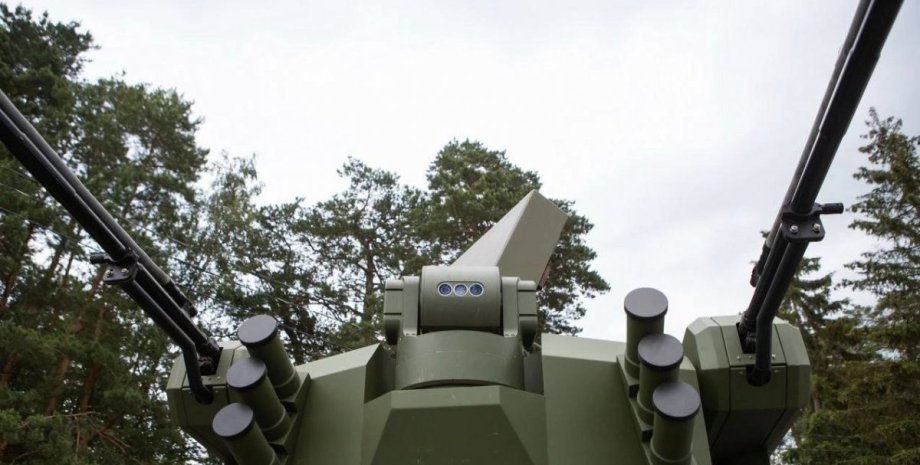
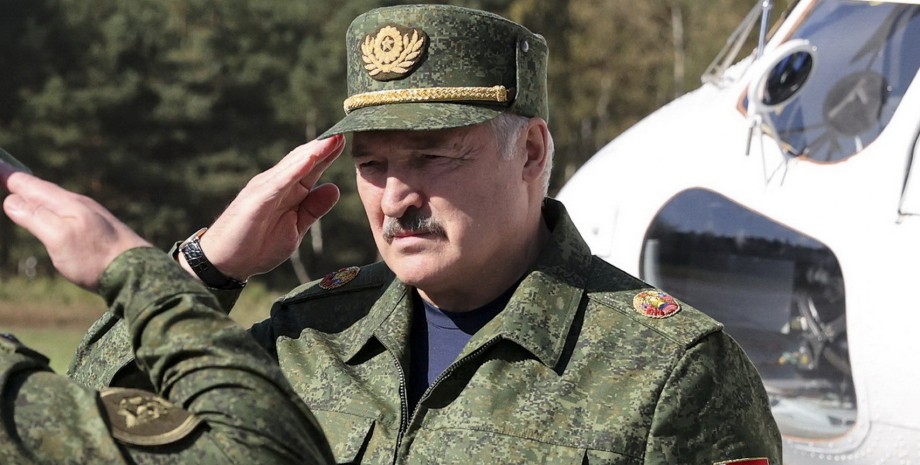


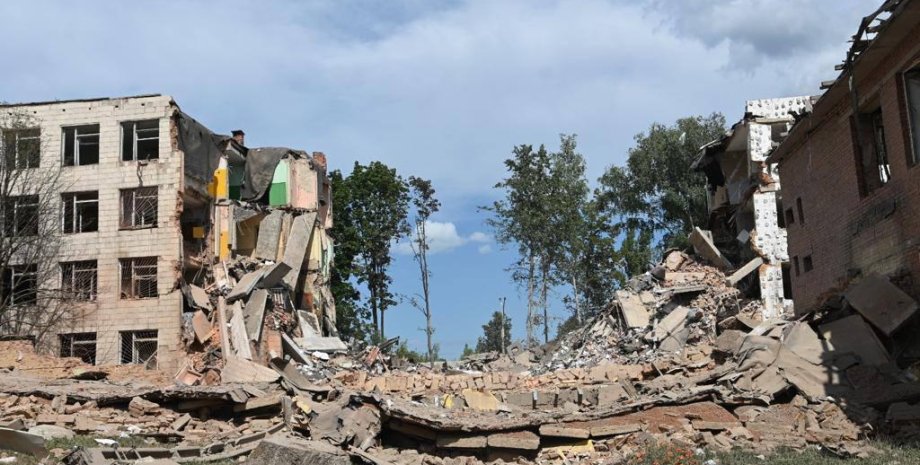
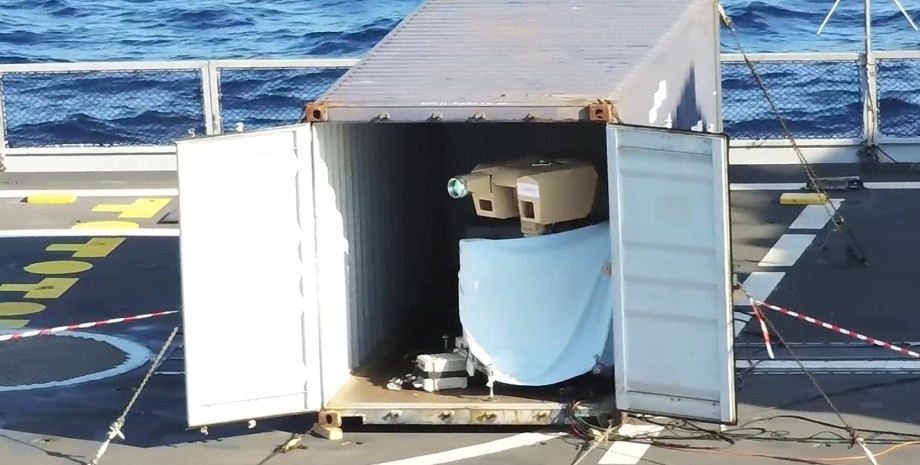
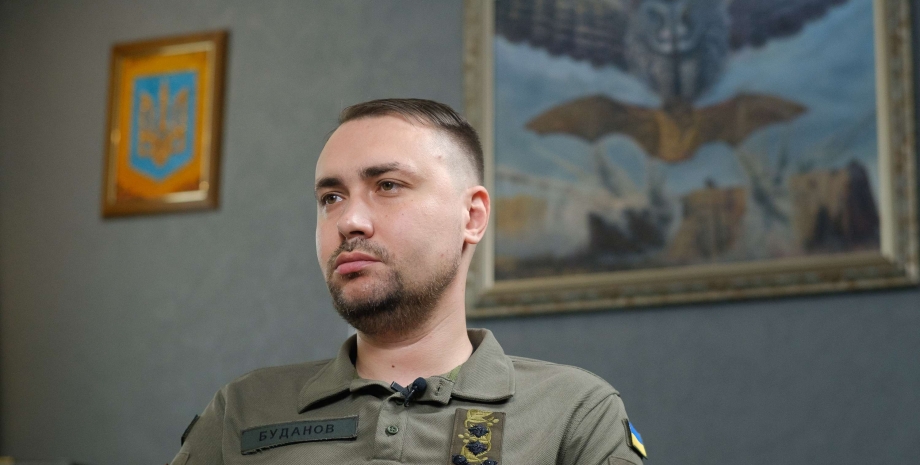
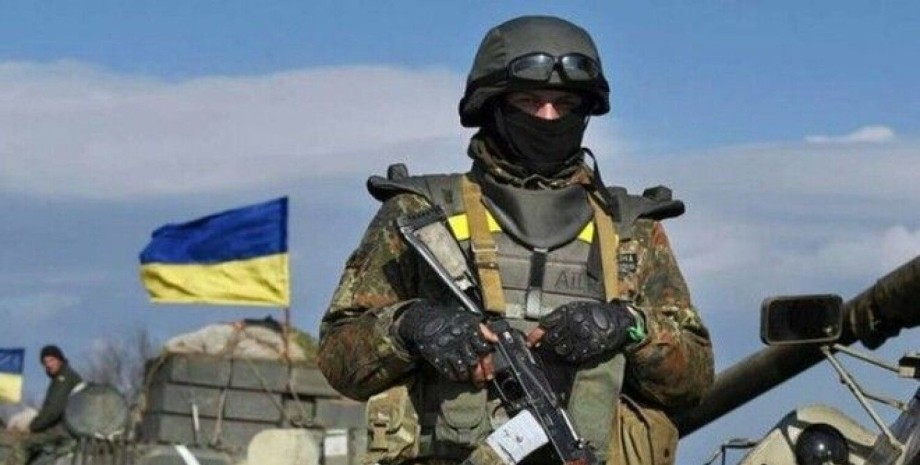
All rights reserved IN-Ukraine.info - 2022